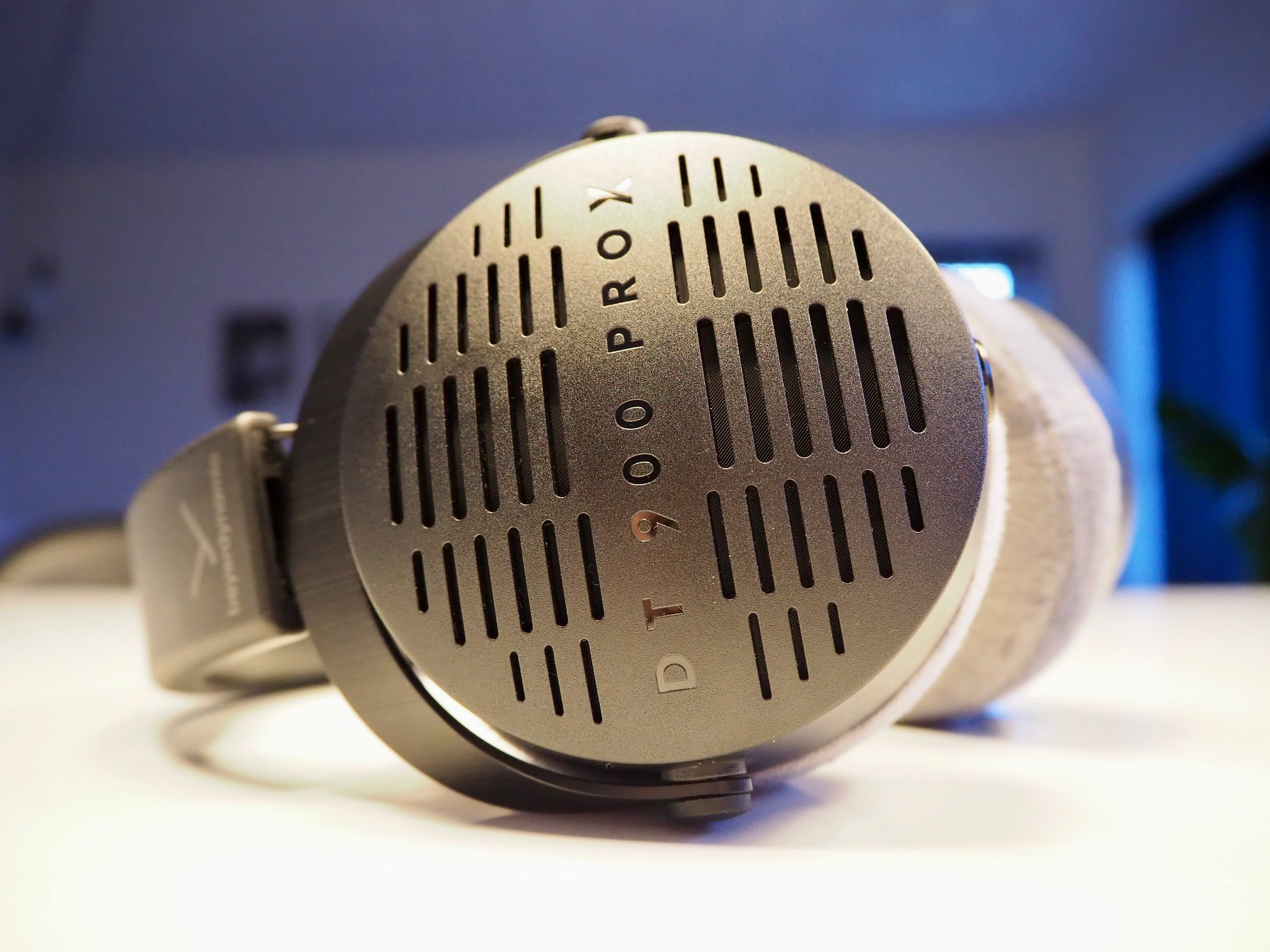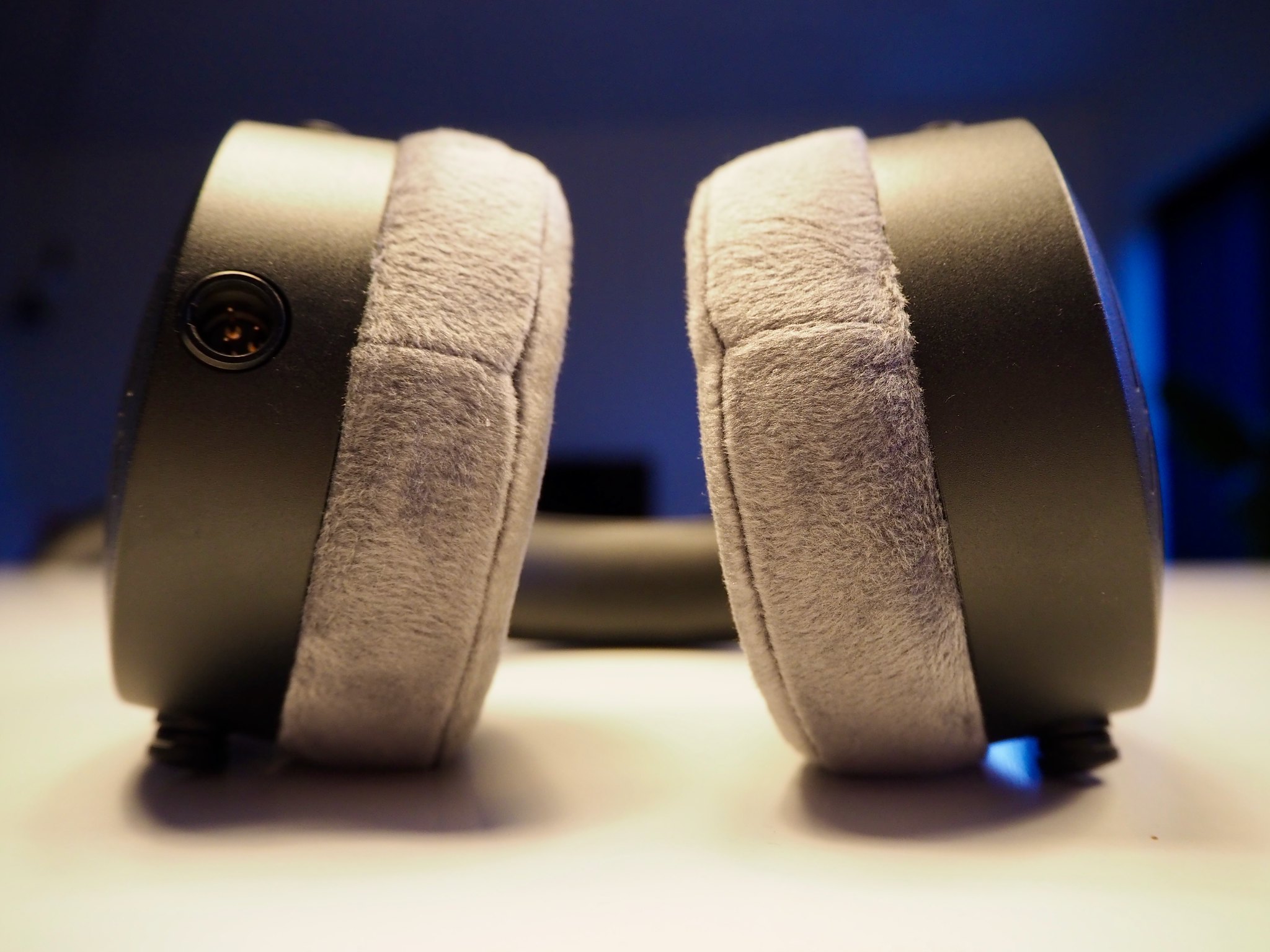in relative terms you can simply look at frequency response graphs.
those tell you what tonal difference there are between headphones from a neutral point of view.
sound demos tell you nothing about timbre, soundstage, imaging etc. plus they are coloured by the hp's and gear which you use to listen to those demos.
never understood the point of them. but if they help you, thats fine though.
those tell you what tonal difference there are between headphones from a neutral point of view.
sound demos tell you nothing about timbre, soundstage, imaging etc. plus they are coloured by the hp's and gear which you use to listen to those demos.
never understood the point of them. but if they help you, thats fine though.
























